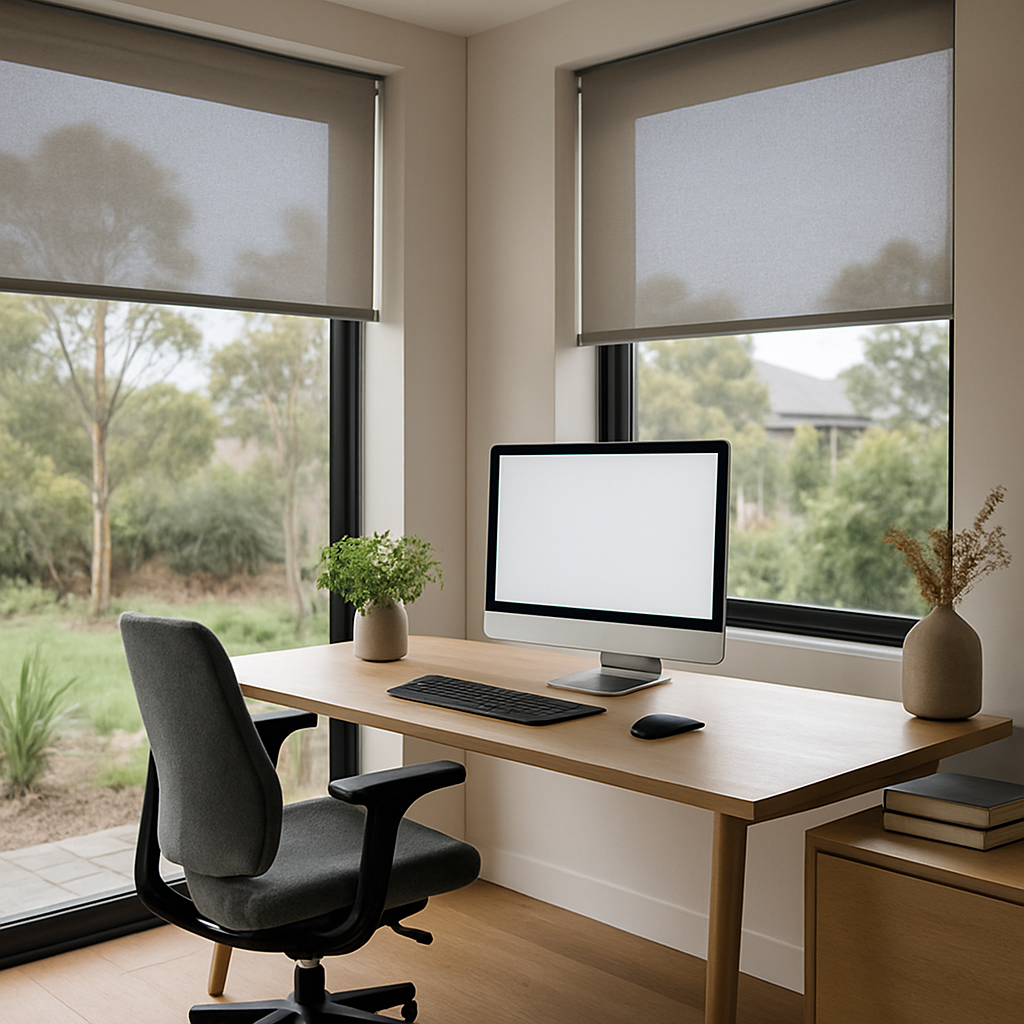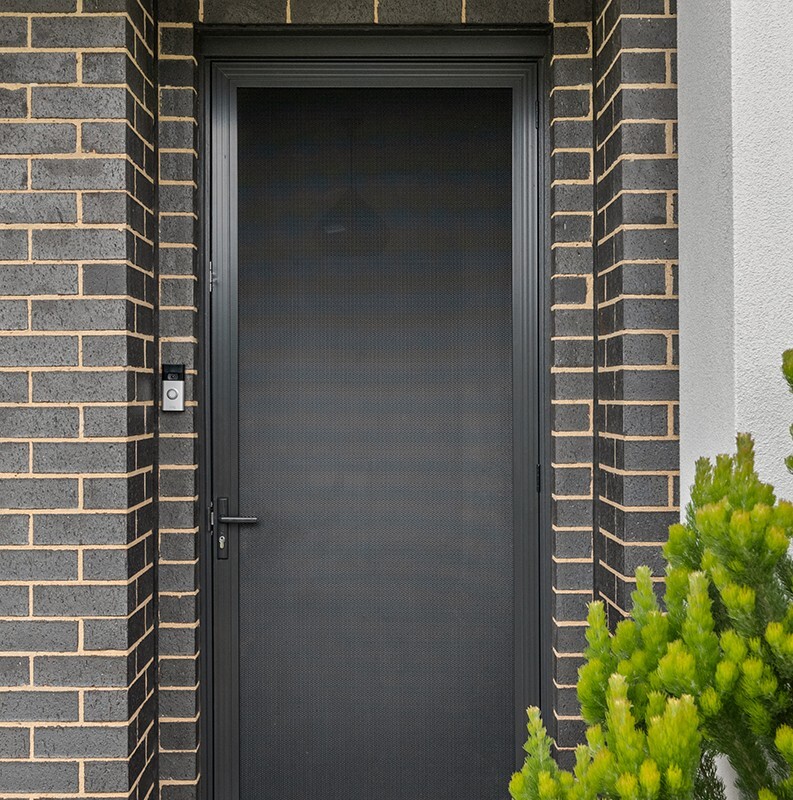When it comes to making the most of your outdoor space—whether it’s a sunny balcony, an alfresco dining area, or a cozy deck—what you choose to shield your space matters. At Security Plus Shutters, Doors & Blinds, we believe your...
The Impact of Window Furnishings on Home Theater Acoustics
Creating the perfect home theater is about more than just a big screen and surround sound speakers. The design of the space — especially the materials and surfaces within it — plays a huge role in the quality of sound you experience. One often overlooked but highly effective way to improve your home theater’s acoustics is through carefully chosen window furnishings. Whether you're streaming the latest blockbuster or enjoying live sports, the right window coverings can transform your listening and viewing experience.
Why Acoustics Matter in a Home Theater
Acoustics influence how sound travels, reflects, and absorbs within a room. Hard surfaces, such as glass windows, tile floors, and bare walls, can cause sound waves to bounce around excessively, creating echoes, reverberation, and an overall muddy listening experience.
When sound waves reflect too much, dialogues may become difficult to understand, background music can overpower voices, and sound effects might lose their intended impact. Good acoustics are about balance — ensuring sounds are clear, crisp, and properly absorbed where necessary.
How Windows Affect Room Acoustics
Windows, while great for natural light, are one of the biggest culprits for poor home theater acoustics:
- Reflective Surfaces: Glass is highly reflective to sound waves, contributing to echoes and sound bouncing.
- External Noise Intrusion: Uncovered windows allow external noise — traffic, neighbors, or weather — to interfere with your movie experience.
- Energy Inefficiency: Large panes of glass can also allow heat, cold, and light to penetrate, reducing comfort and increasing reliance on heating/cooling systems.
The solution? Incorporating window furnishings that not only enhance aesthetics but also serve a functional acoustic role.
Window Furnishing Options for Superior Home Theater Acoustics
At Security Plus Shutters, Doors & Blinds, we work with homeowners across Melbourne and Sydney to provide window furnishing solutions that improve both comfort and performance. Let’s explore how various options contribute to better home theater sound.
Roller Shutters
Roller shutters aren’t just about security and insulation — they also offer significant acoustic benefits.
- Noise Reduction: The insulated aluminum slats, often filled with polyurethane foam, create a barrier that helps block external noises.
- Vibration Dampening: Their sturdy structure reduces glass vibration that would otherwise affect internal sound quality.
- Light Control: Full blackout capability enhances screen visibility, especially during daytime viewing.
Motorised roller shutters also allow you to control light and sound at the touch of a button — perfect for setting the mood before a movie night.
Plantation Shutters
Plantation shutters combine timeless style with acoustic practicality.
- Sound Diffusion: The angled louvres break up sound waves, reducing echo.
- Adjustable Control: Open or close the louvres to balance sound diffusion and external noise blocking.
- Insulation: They offer thermal and sound insulation benefits, helping maintain a quiet, comfortable space.
High-quality timber or PVC plantation shutters are particularly effective for home theaters because of their density and tailored fit.
Indoor Blinds (Blockout & Layered Options)
Fabric blinds are particularly effective at absorbing sound waves that would otherwise bounce off hard window surfaces.
- Soft Surface Absorption: Heavier fabrics trap and absorb sound, preventing echoes.
- Layering for Maximum Effect: Pairing blockout blinds with sheer curtains or translucent blinds offers both acoustic and light filtering advantages.
- Versatility: With various fabric weights and colours available, you can customise your blinds to match both decor and functional needs.
Day and Night blinds, in particular, allow flexibility between full blackout and soft daylight while still supporting sound absorption.
Outdoor Blinds
For home theaters located in outdoor alfresco areas or semi-open spaces, outdoor blinds can also play a role:
- Wind & Noise Protection: High-grade outdoor blinds act as a shield against external noises.
- Fabric Tensioning Systems: Options like eZip alfresco blinds provide tightly stretched materials that block noise, glare, and wind, enhancing outdoor movie nights.
Additional Acoustic Tips for Home Theaters
While window furnishings are a key component, consider pairing them with these simple tips for optimal results:
- Rugs & Carpets: Cover hard flooring to absorb sound.
- Soft Furnishings: Include plush couches, cushions, and wall hangings.
- Acoustic Panels: For dedicated home theaters, professionally installed panels absorb even more sound.
By layering multiple soft and absorbent materials throughout the space, you create a rich, immersive sound environment without costly renovations.
Style, Comfort & Performance Combined
At Security Plus Shutters, Doors & Blinds, we understand that every home theater is different. Whether you’re building from scratch or upgrading your current space, our team is ready to help you select window furnishings that not only look fantastic but also perform where it matters most — acoustics, comfort, and enjoyment.
We’ve been helping Melbourne and Sydney families safeguard and beautify their homes for over 30 years, and we're proud to offer flexible, custom-made solutions that match your personal style and technical needs.
Ready to create a home theater that sounds as good as it looks?
Contact Security Plus Shutters, Doors & Blinds today to explore tailored window furnishing options and enjoy your entertainment space to the fullest.



